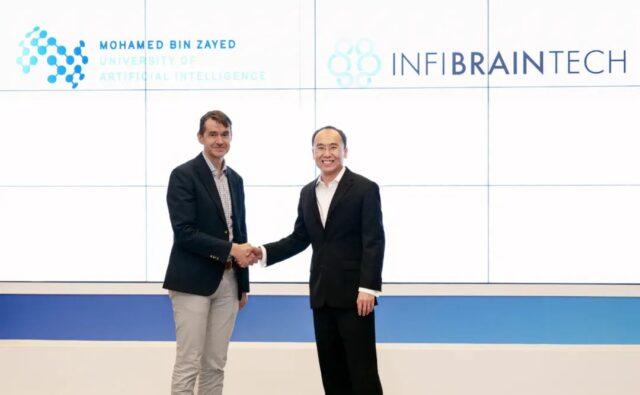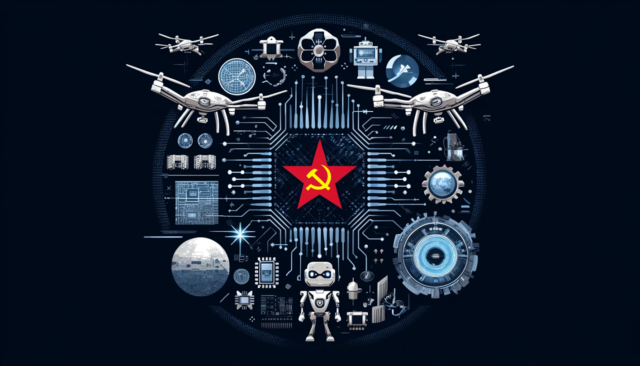Latest Articles about civil-military fusion

Kubernetes: A Dilemma in the Geopolitical Tech Race
Executive Summary: US-sanctioned Huawei has significant influence in the Cloud Native Computing Foundation and its open-source platform Kubernetes, which underpins US military platforms, including F-16 fighter jets and nuclear infrastructure. The use of open-source technologies in critical systems raises concerns. Despite US efforts to mitigate... MORE

MBZUAI Partners With US Tech, Collaborates With PLA Scientists
Editor's Note: This article is the second in a two-part series. The first part can be found here. In response to the previous article, The Jamestown Foundation received a letter from Eric Xing, President of the Mohamed bin Zayed University of Artificial Intelligence. The letter... MORE

A ‘Chinese Starlink’ Launches New Era For Domestic Space Industry
Executive Summary: A commercial company has become the first enterprise in the People’s Republic of China (PRC) to launch a batch of internet satellites into low-Earth orbit. PRC media has framed this “Qianfan” constellation as one of the country’s principal competitors to SpaceX’s Starlink. The... MORE

Survey: How Do Elite Chinese Students Feel About the Risks of AI?
Executive Summary: In April 2024, the authors surveyed 510 students from Tsinghua University and 518 students from Peking University—the PRC’s two preeminent institutions—about their views on the risks of artificial intelligence (AI). The key findings are as follows: Students are more optimistic about the benefits... MORE

PRC-UAE Collaboration and US Technology Transfer Concerns in Abu Dhabi
Editor’s Note: The Jamestown Foundation received a letter in response to this article from Eric Xing, President of the Mohamed bin Zayed University of Artificial Intelligence. Readers can find the letter in full here, or by scrolling to the bottom of this article. We have... MORE

Scientist at Forefront of US Army Research Selected to Lead PRC’s Strategic Chip Production Line
Executive Summary: Beijing continues to exploit US policies to circumvent technology controls and to lower the scrutiny applied to its technology transfer activities. Hong Kong as part of the Greater Bay Area—is tasked to focus on third-generation chip production to leapfrog US and allied chokepoints... MORE

PRC Use of Middlemen to Circumvent US Government Export Controls: The Case of Suzhou Rebes Electronic
Executive Summary: The People’s Republic of China (PRC) has been relying on middlemen to obtain US technology for military programs, including hypersonic weapons. These intermediaries provide a flimsy cover for direct sales to military end-users, with some even openly listing military clients on their websites.... MORE

Open-Source Technology and PRC National Strategy: Part II
Executive Summary: OpenHarmony, an open-source version of Huawei’s HarmonyOS, is widely used in critical infrastructure (such as the energy grid and ports), public security, and the military in the People’s Republic of China (PRC). Some of these are projects that support the PRC’s military-civil fusion... MORE

Graphene Among New Materials Intended to Unlock New Productive Forces
Executive Summary: Graphene is one of the most promising candidates to boost the new materials sector, which has been the focus of high-level strategic planning in the People’s Republic of China (PRC) for some time. The material’s unique properties make it suitable for applications in... MORE

Open-Source Technology and PRC National Strategy: Part I
Executive Summary: The OpenAtom Foundation supports open-source technology in areas such as RISC-V architecture and Electronic Design Automation. These efforts are part of a strategy by the People’s Republic of China (PRC) to navigate and overcome technological containment by the United States, showcasing the foundation’s... MORE